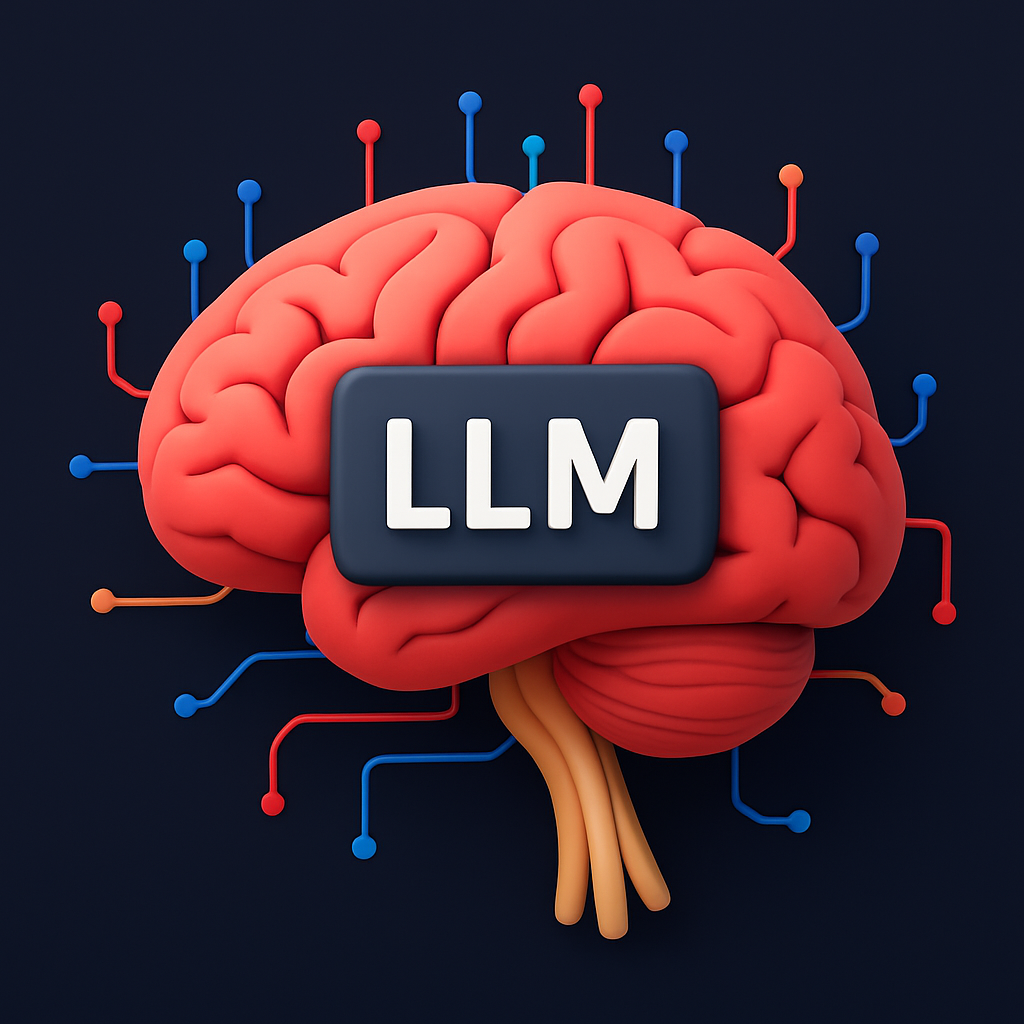How to Increase B2B Customer Lifetime Value: Proven Strategies for Sustainable Growth
In today’s hyper-competitive B2B landscape, acquiring customers is only half the battle — keeping them and growing their value over time is where real profitability lies. That’s where Customer Lifetime Value (CLV) comes in. CLV measures the total revenue a business can expect from a single customer throughout the entire relationship.
Increasing CLV means more sustainable growth, reduced acquisition costs, and deeper customer loyalty. Let’s explore proven, data-driven strategies to maximize your B2B customer lifetime value.
1️⃣ Strengthen Onboarding to Drive Early Wins
First impressions set the tone for the entire customer journey. A seamless onboarding process helps clients quickly realize the value of your product or service.
• Provide guided walkthroughs, training videos, and resource libraries.
• Assign customer success managers (CSMs) for personalized support.
• Celebrate early milestones to reinforce progress.
A positive start reduces churn and builds momentum for long-term engagement.
2️⃣ Build a Customer Success-Centric Culture
Customer success isn’t a department—it’s a company-wide mindset.
Empower your teams to proactively help clients achieve their goals. This includes:
• Regular check-ins to identify challenges before they escalate.
• Data-driven insights showing ROI and usage improvements.
• Tailored recommendations based on industry benchmarks.
When clients see measurable success, they stay longer, spend more, and become advocates.
3️⃣ Personalize Communication with AI Insights
AI and predictive analytics can transform how you nurture existing customers.
Use AI-driven CRM tools to track engagement, predict churn risks, and deliver personalized recommendations.
For instance:
• Suggest upgrades based on user behavior.
• Send renewal reminders with usage insights.
• Offer educational content aligned with client interests.
Personalization at scale creates trust and deepens relationships — two key drivers of long-term value.
4️⃣ Implement a Tiered Loyalty and Upsell Framework
Your current customers are your best source of future revenue. Create structured programs that encourage loyalty and expansion:
• Offer tiered pricing or value-added packages.
• Incentivize renewals with exclusive access or training.
• Identify cross-sell and upsell opportunities based on product usage and customer maturity.
Well-timed upsells enhance value for both sides — without feeling pushy.
5️⃣ Use Predictive Analytics to Reduce Churn
Predictive analytics helps you identify customers likely to churn before it happens.
Monitor signals like reduced logins, dropped engagement, or delayed payments. Once flagged, CSMs can proactively re-engage with personalized outreach.
Even small improvements in retention can lead to massive gains in lifetime value over time.
6️⃣ Create a Continuous Feedback Loop
Customer feedback fuels growth. Regularly collect input via surveys, NPS (Net Promoter Score), or customer interviews.
Then act on that feedback — whether it’s feature enhancements, workflow improvements, or better support.
When customers feel heard, satisfaction rises, loyalty strengthens, and referrals increase.
7️⃣ Align Sales, Marketing, and Success Teams
A disjointed customer experience is one of the fastest ways to lose lifetime value.
Ensure that all teams share customer data, goals, and KPIs. A unified customer view helps you deliver consistent messaging and timely solutions across the entire journey — from acquisition to renewal.
📈 The Takeaway
Boosting Customer Lifetime Value isn’t just about selling more — it’s about delivering ongoing value. When customers see your brand as a growth partner rather than a vendor, they stay, expand, and advocate for you.
In 2025 and beyond, the most successful B2B companies will be those that use AI, predictive analytics, and personalized engagement to turn every customer relationship into a long-term growth engine.
Read More:
https://intentamplify.com/blog/how-to-increase-b2b-customer-lifetime-value/ How to Increase B2B Customer Lifetime Value: Proven Strategies for Sustainable Growth
In today’s hyper-competitive B2B landscape, acquiring customers is only half the battle — keeping them and growing their value over time is where real profitability lies. That’s where Customer Lifetime Value (CLV) comes in. CLV measures the total revenue a business can expect from a single customer throughout the entire relationship.
Increasing CLV means more sustainable growth, reduced acquisition costs, and deeper customer loyalty. Let’s explore proven, data-driven strategies to maximize your B2B customer lifetime value.
1️⃣ Strengthen Onboarding to Drive Early Wins
First impressions set the tone for the entire customer journey. A seamless onboarding process helps clients quickly realize the value of your product or service.
• Provide guided walkthroughs, training videos, and resource libraries.
• Assign customer success managers (CSMs) for personalized support.
• Celebrate early milestones to reinforce progress.
A positive start reduces churn and builds momentum for long-term engagement.
2️⃣ Build a Customer Success-Centric Culture
Customer success isn’t a department—it’s a company-wide mindset.
Empower your teams to proactively help clients achieve their goals. This includes:
• Regular check-ins to identify challenges before they escalate.
• Data-driven insights showing ROI and usage improvements.
• Tailored recommendations based on industry benchmarks.
When clients see measurable success, they stay longer, spend more, and become advocates.
3️⃣ Personalize Communication with AI Insights
AI and predictive analytics can transform how you nurture existing customers.
Use AI-driven CRM tools to track engagement, predict churn risks, and deliver personalized recommendations.
For instance:
• Suggest upgrades based on user behavior.
• Send renewal reminders with usage insights.
• Offer educational content aligned with client interests.
Personalization at scale creates trust and deepens relationships — two key drivers of long-term value.
4️⃣ Implement a Tiered Loyalty and Upsell Framework
Your current customers are your best source of future revenue. Create structured programs that encourage loyalty and expansion:
• Offer tiered pricing or value-added packages.
• Incentivize renewals with exclusive access or training.
• Identify cross-sell and upsell opportunities based on product usage and customer maturity.
Well-timed upsells enhance value for both sides — without feeling pushy.
5️⃣ Use Predictive Analytics to Reduce Churn
Predictive analytics helps you identify customers likely to churn before it happens.
Monitor signals like reduced logins, dropped engagement, or delayed payments. Once flagged, CSMs can proactively re-engage with personalized outreach.
Even small improvements in retention can lead to massive gains in lifetime value over time.
6️⃣ Create a Continuous Feedback Loop
Customer feedback fuels growth. Regularly collect input via surveys, NPS (Net Promoter Score), or customer interviews.
Then act on that feedback — whether it’s feature enhancements, workflow improvements, or better support.
When customers feel heard, satisfaction rises, loyalty strengthens, and referrals increase.
7️⃣ Align Sales, Marketing, and Success Teams
A disjointed customer experience is one of the fastest ways to lose lifetime value.
Ensure that all teams share customer data, goals, and KPIs. A unified customer view helps you deliver consistent messaging and timely solutions across the entire journey — from acquisition to renewal.
📈 The Takeaway
Boosting Customer Lifetime Value isn’t just about selling more — it’s about delivering ongoing value. When customers see your brand as a growth partner rather than a vendor, they stay, expand, and advocate for you.
In 2025 and beyond, the most successful B2B companies will be those that use AI, predictive analytics, and personalized engagement to turn every customer relationship into a long-term growth engine.
Read More: https://intentamplify.com/blog/how-to-increase-b2b-customer-lifetime-value/




